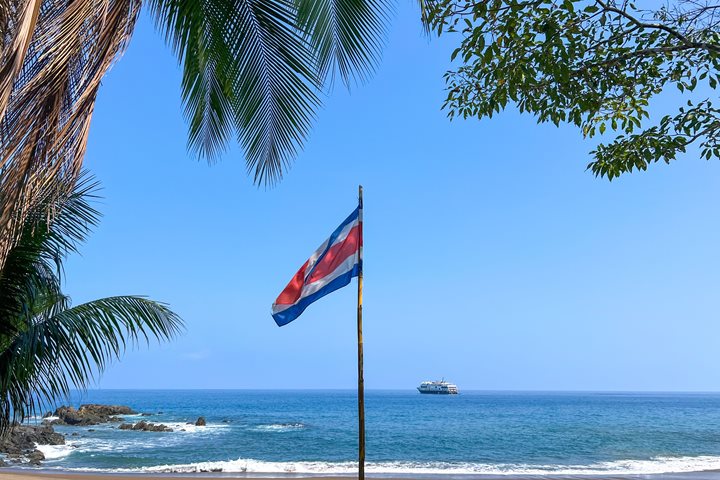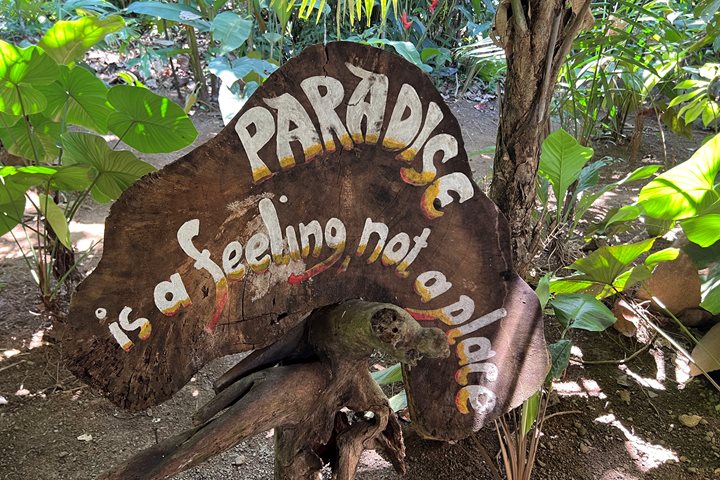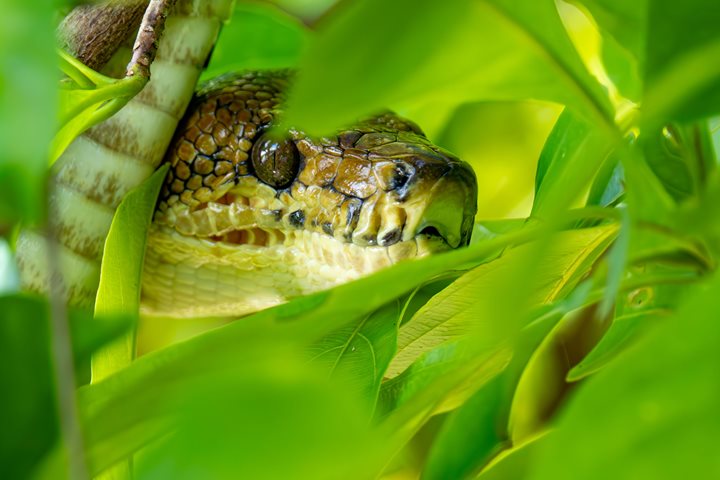What better way to end our trip than with one of Costa Rica’s crown jewels. Manuel Antonio National Park was established early in the 1970s and was meant to protect the Central Pacific transition forest, which is the area of the country’s pacific side where the wet lowland forests of the Costa Rican south Pacific meets the seasonally dry Pacific Northwest. Trees like the rain tree (Samanea saman) or the stinking-toe tree (Hymenaea courbaril), which in this country are typically found in the north, reach their southernmost limit within the park’s boundaries.
Nevertheless, Manuel Antonio is not one of the favorite parks in the system for its trees; its white sandy beaches and abundance of middle sized mammals make this area a “must see” if you are near the central valley or near the central or northern Pacific coasts. Just outside of the park we can find hotels, restaurants and facilities that will allow lodging and entertainment for all who are visiting the area just to go into the park to share nature’s wonders.
True to our expedition’s style, we started early, as soon as the park opens its “doors,” off we went to explore even before the birds wake up. We were split in three groups according to our interests or our morning state of mind. That is, if we still wanted to do a long strenuous walk, wanted to do the flatter trail or just wanted to enjoy for the last time the warm waters of the Pacific Ocean, what we have traditionally called the “stationary walk.” No matter what we chose to do this morning, we were all remunerated with many wildlife sightings: two and three toed sloths, white throated and howler monkeys, crab-eating raccoons, ctenosaurs lizards, basilisk lizards, and a large array of bird species.
After lunch, our expedition leader Gustavo chose the nice calm beach of Biesanz for our last outing. A little bit of sunbathing on the last rays of the afternoon sun, life hardly gets much better than that. As we weighed anchor from our last spot while on board National Geographic Sea Lion, we headed towards Herradura Bay saying good bye to Costa Rica and Panama with the characteristic beautiful sunsets of the central Pacific coast of the Gulf of Nicoya.






.jpg?width=106&height=85&mode=crop&scale=both&quality=50)


